How to Recover After a DUI Conviction
Everyone knows that driving under the influence is a mistake. However, after you make that mistake, fixing it can seem like an impossible task. If you’re facing the consequences of a DUI conviction, it’s important to remember that this isn’t the end of the world. You’re not the first person to go through this process, which means you never have to be alone in the experience. As you face each challenge, remember that every step you take brings you closer to recovery and a return to normal life. From facing your financial obligations to learning how to forgive yourself, here are our best tips and advice for how to recover after a DUI conviction.
Own up to Your Actions
Before you can start to make up for your actions behind the wheel, you need to accept responsibility for committing them in the first place. It might seem easier to ignore the issue and pretend nothing ever happened. Unfortunately, this often leads to further hardship down the road. The only way to truly create change in your life is to admit that you need it. Similarly, the quickest way to achieve forgiveness—from yourself and from those you hurt—is to take ownership of your actions. Admit that you made a serious mistake, and put effort into sincerely apologizing for it. Once you consciously and fully accept responsibility, you can start taking the steps you need to make up for your actions and create a better future for yourself.
Don’t Go It Alone
Learning how to recover after a DUI conviction can be a stressful, uncertain, and overwhelming process. Fortunately, you never have to go it alone. There are plenty of resources you can turn to for information, support, and care. Your friends and family are among the most valuable—and most beneficial—sources of help. Many people who suffer from addiction try to hide it from their loved ones, but this makes it nearly impossible for your closest relations to help you. Don’t be afraid to seek support where and when you need it. While you can’t rely on others to fix everything for you, having a shoulder to lean on is invaluable when dealing with hardships. Additionally, being honest about your experiences and struggles can help give you a stronger sense of accountability. This is a great way to remind yourself that your actions affect everyone around you, as do the positive changes you make to your life. Together, you and your loved ones can create a plan to overcome addiction and come out on the other side of your DUI conviction.
Find Support Groups
Support groups are another invaluable resource as you recover from your DUI and addiction. The stigma surrounding Alcoholics Anonymous and other organized support groups can make it hard to seek out local chapters. However, there’s something unique and special about talking to those who share your experiences. Meeting other people who understand where you are or where you’ve been can help you make sense of your own circumstances. Your peers can also be a great source of advice since they have lived through what you’re currently facing. This is also another way to hold yourself accountable as you share your story and goals with other people in your group. Not every support group works for everyone, so be sure to do some research and look around for a group that will best support you and your situation.
Seek Professional Help
In addition to finding help in your loved ones and peers, professional help can be extremely beneficial when recovering from a DUI. There are many resources and professionals who can help you work through your addiction or the complicated feelings surrounding your accident. Counselors and therapists can help you establish constructive goals and solutions for managing stress, addiction, and other mental health factors that may have contributed to your DUI. If you’re seriously struggling with addiction, you might also seek out a rehab center. While this decision isn’t for everyone, it can be an incredible resource to you as you take steps toward recovery. No matter where you find it, professional help is a great way to manage your circumstances and make constructive changes to your life after a DUI conviction.
Rethink Your Social Life
Peer pressure isn’t just a problem for teenagers. The people around you influence your choices and behaviors throughout your entire life. The people you hang out with and what you do with them can have a huge impact on alcohol or drug addiction. If you and your friends always spend your quality time together at a bar, you might want to try mixing things up. Talk to your friends about changing your habits. Find alternatives to drinking together so you can have a good time without the temptation of heavy drinking, driving under the influence, or other risky behaviors. While you can certainly have a few drinks with friends, it’s important to have a social life that can exist without alcohol. Game nights, movies, and other activities are just as fun sober—especially with the right group of people. While it isn’t always easy to make changes within your friend group, remember that those who truly support you will be happy to mix up their routine to keep everyone safe and healthy.
Face the Consequences
A DUI conviction comes with personal, financial, and legal ramifications. It’s important to face these consequences head-on so you can work your way through them and create a better life for yourself on the other side. Make sure you meet all the requirements that come with your conviction, such as alcohol education courses, court fees, or SR22 insurance. Take care of these requirements completely, and don’t try to cut corners by skipping court dates or driving on a suspended license. While none of these circumstances are fun, they don’t have to ruin your life, either. By following orders, paying fines, and finding the best policy among insurance companies that offer SR22 insurance, you can work through your requirements and get back to your normal life as quickly and efficiently as possible.
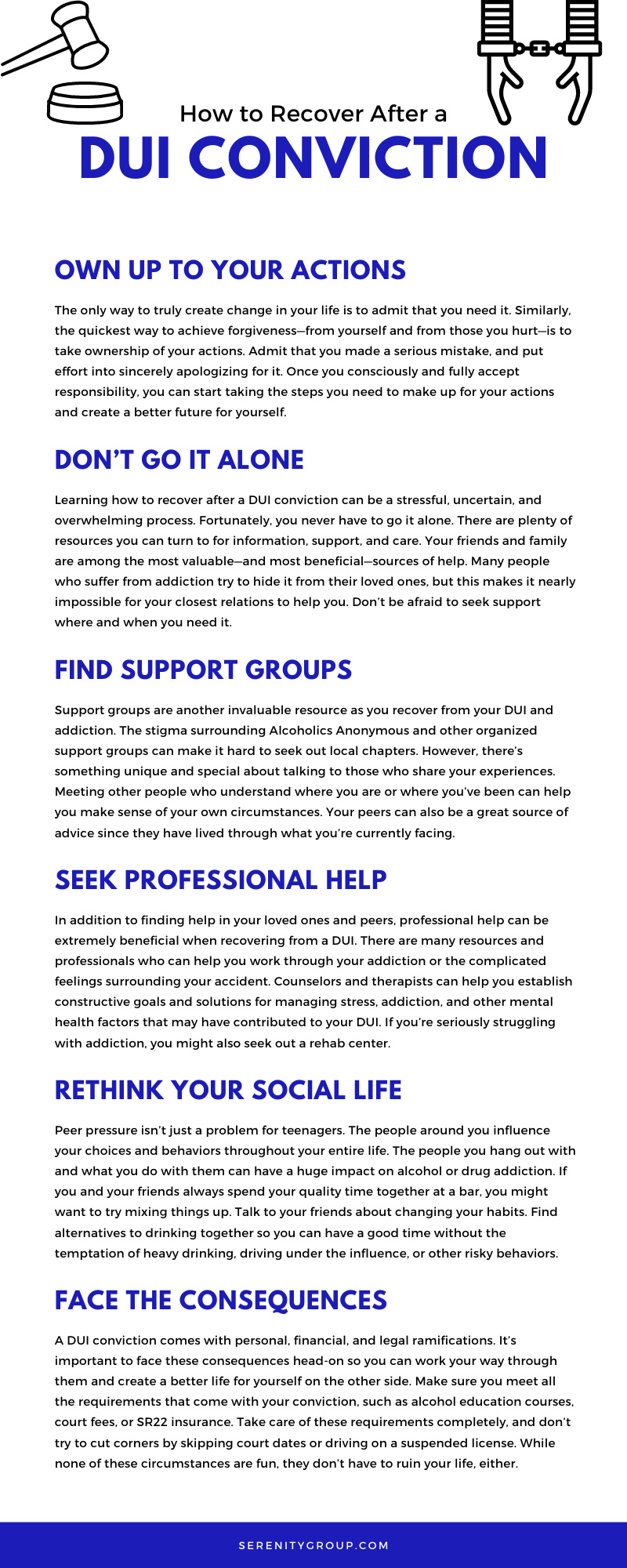




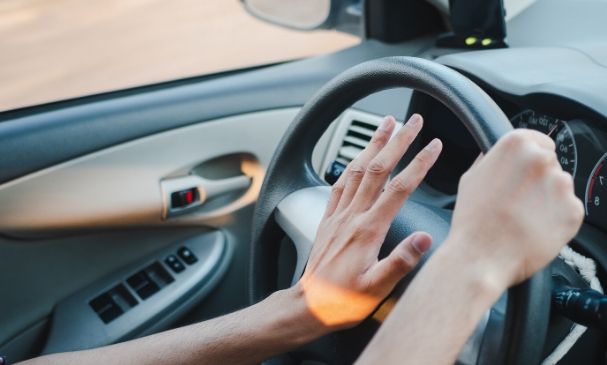

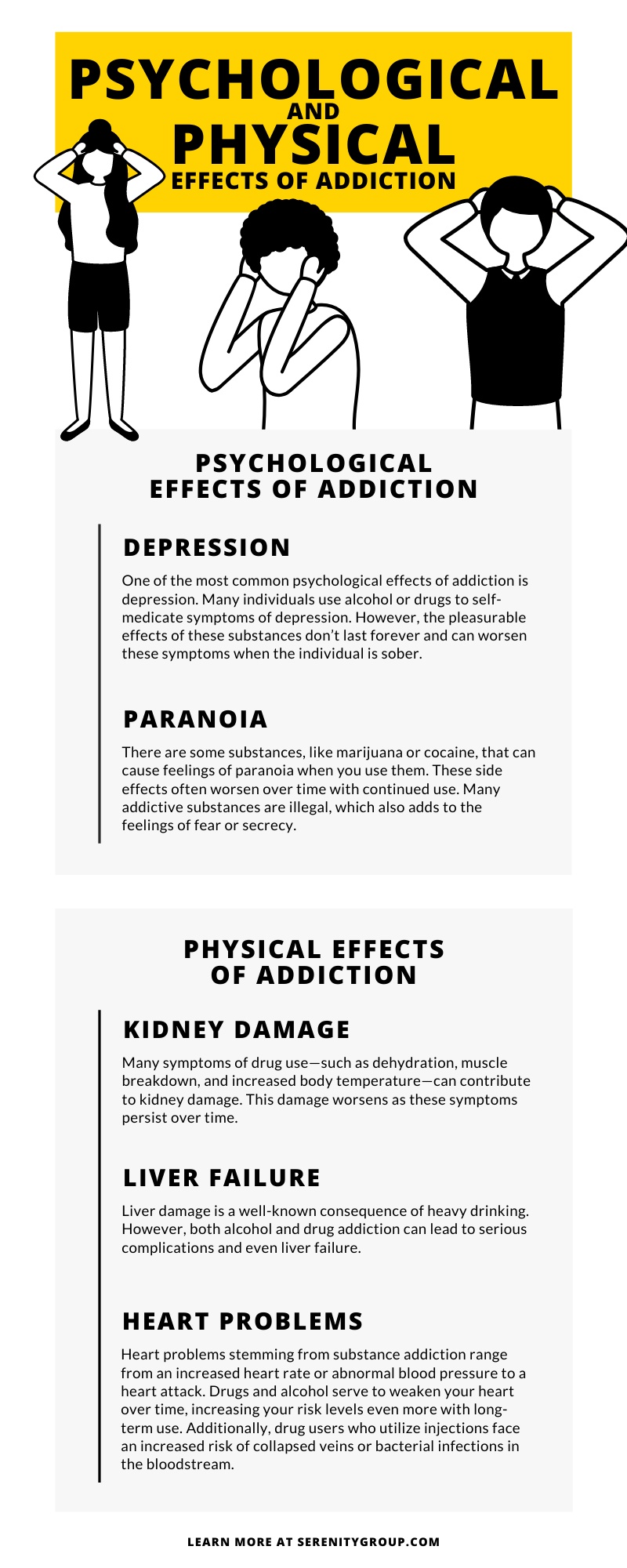

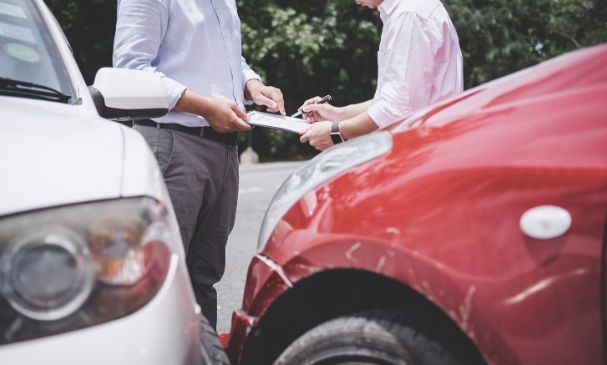
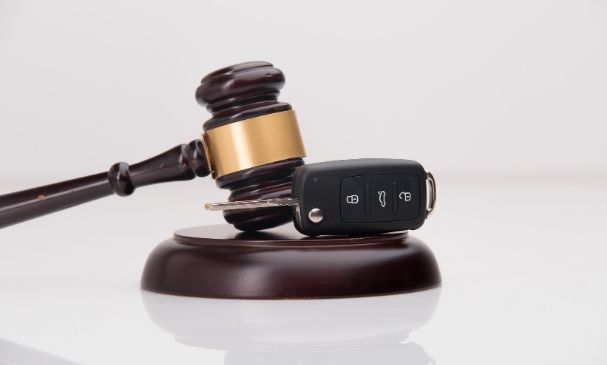

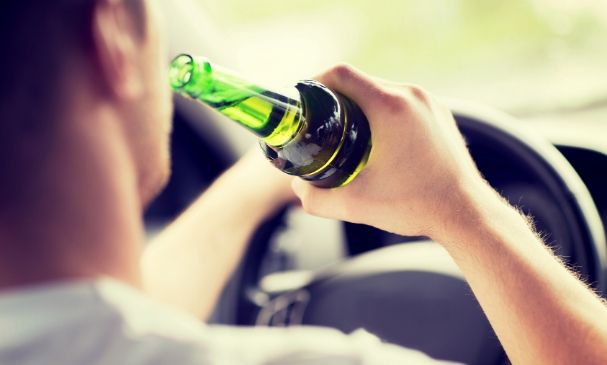
Recent Comments